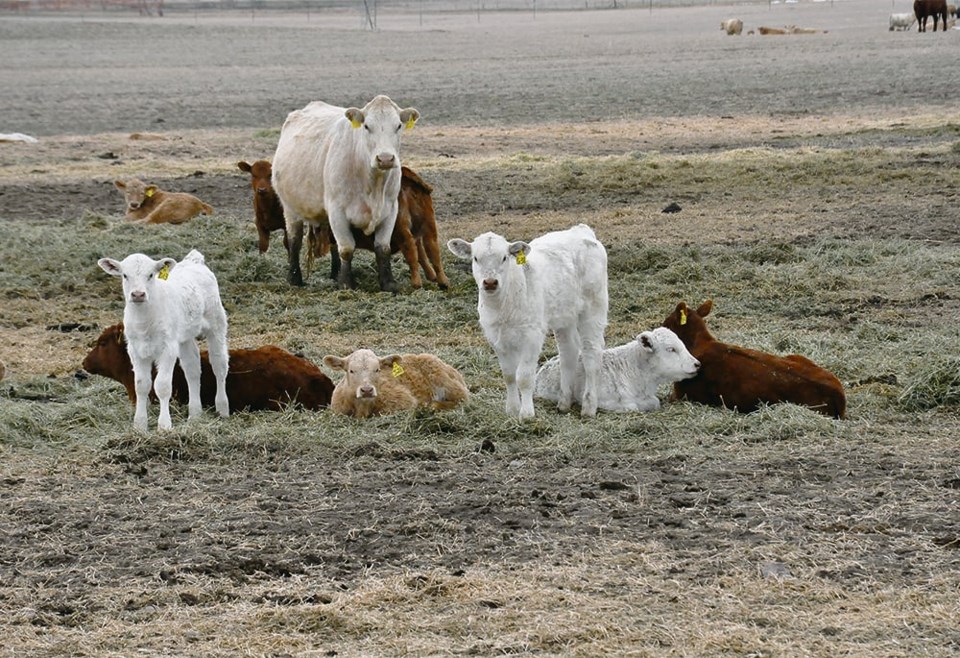WESTERN PRODUCER — Salmonella has many subtypes that can affect many species.
It is more prevalent in dairy cattle than beef cattle and its spread is curtailed by our cold Canadian winters.
Salmonella cases are infrequent, but can be devastating and hit without warning. Depending on the type of salmonellosis, it can mimic other diseases and can be hard to diagnose.
Salmonella is a reportable disease in most provinces. This means if you or your veterinarian makes a salmonella diagnosis, it must be reported to the chief provincial veterinarian’s office.
The good news is they have experts who can help and advise on things like biosecurity. As well, they will conduct investigative work to figure out where it originated. There is also serious concern that the farmer’s family or workers may acquire a human infection.
There are usually three different forms of salmonella, including septicemia, which is more prevalent in calves where neurological signs such as staggering, seizures and heavy breathing can turn into acute diarrhea and may resemble an E. coli infection. In some cases, there may also be blood evident in the diarrhea. This causes it to be misdiagnosed as coccidiosis. Sometimes the chronic form of diarrhea is confused with Johne’s disease or a copper deficiency from molybdenum excess.
Salmonella is rare in beef cattle, especially in Western Canada, so it is not top of mind for many producers or vets when trying to make a diagnosis.
In cases I have seen, the confirmed diagnosis was often made on bacterial culture from a postmortem.
When salmonella hits calves, deaths can be substantial. Strategies include minimizing spread with strict biosecurity. This means making sure people working with the cattle follow strict biosecurity and cleanliness rules to keep infection out of the household, and away from family pets.
Minimizing losses and treating it as early as possible with the proper antibiotic eases the situation, but some cases develop quickly.
On the Prairies, one tries to trace the disease origins. Transmission is often oral but it could be introduced to the herd from another species or infection can be spread through a water system. Sometimes people who deal with cattle can carry it and there have been cases in which salmonella has been brought in from British Columbia on veal calves.
Commercial or autogenous vaccines made from the same salmonella grown from the infected cattle on your farm can provide control.
Drug resistance can build in salmonella, so producers must be careful to prevent that from happening.
Vaccines are given to the cows during pregnancy so the protection is passed to the calves in the colostrum. These are killed vaccines.
Carrier cattle can develop, leading to worries that if you stop vaccinating, other cases will show up.
How long producers should continue to vaccinate is guesswork, which is why in areas where salmonella is endemic, commercial vaccines are popular. Of course, stressors around calving and weaning could cause the disease to flare up.
Producers would be wise to keep herds relatively closed or buy from reputable sources and remain vigilant to disease outbreaks.
They should have a good vaccination program for the diseases in their area.
If producers notice something unusual, they should get a veterinarian involved.
Roy Lewis works as a veterinarian in Alberta.




